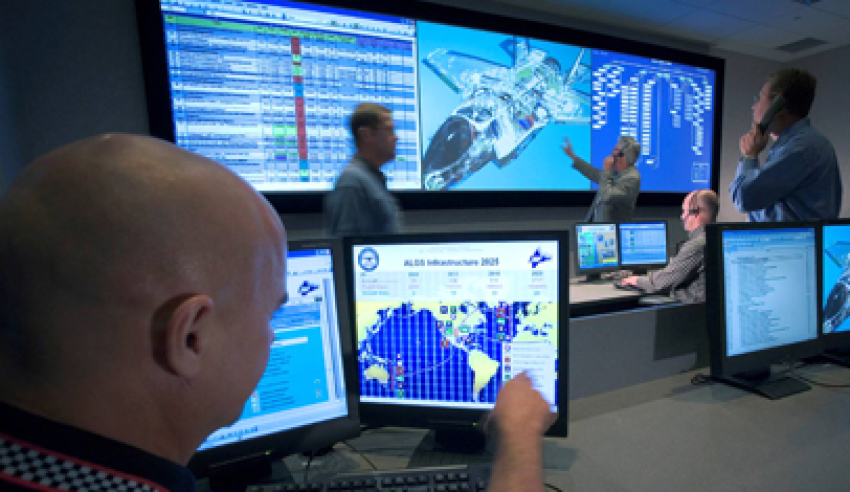The NSW Defence Innovation Network is inviting industry and Defence stakeholders to participate in a program to help identify important defence challenges as part of a $200,000 grant program.
The Defence Innovation Network (DIN) offers up to $200,000 of funding to support collaboration between member universities, industry and Defence. Pilot Projects should demonstrate high potential to satisfy an existing or emerging Defence capability need or defence industry need.
The DIN is calling for a limited number of well-coordinated proposals which directly address the problem statements, and which demonstrate a best team fit and distinct collaboration between member universities.
For these projects, inter-university (at least two universities involved) collaboration is imperative: proposals that do not demonstrate inter-university collaboration will not be considered.
As part of the second round, the DIN is seeking to address the following defence challenges:
-
Air traffic controllers analysis of cognitive load: Analysis of cognitive load (RAAF). Unanswered questions subserving this goal include the efficacy of different training methods to improve situational awareness under high cognitive load and the relative value of various personnel selection procedures designed to identify the most capable individuals.
-
Autonomous analyst for Force Design: Autonomous analyst for researching and developing an intelligent decision support system capability to support Force Design.
-
Demonstration of an architecture for a future Defence network: What would the Defence network look like if it were designed to facilitate information superiority and secondly, how could CIO Group evolve the existing networks from the current to future state without compromising information assurance along the journey?
-
Support to decision making integrating kinetic and non-kinetic effects in ground/modern warfare: How can decision making be supported when facing changing circumstances in modern integrated warfare and in such a way that optimum combination of the complex array of systems available is employed? Each of the three military environments (maritime, land and air) has been considered and the problem statement seeks to generically capture the requirements of mission support for all three.
-
Measuring of real-time and cumulative effects of stress: How can ADF measure real-time and cumulative effects of stress and present that data in order to enable detection and intervention of high risk individuals?
-
Supporting reconnaissance missions: What emerging technologies are there that could assist a reconnaissance patrol in detecting and tagging mines allowing rapid passage through denied terrain? What advancements in technology can be applied to create novel PNT technologies to future proof ADF capability? How can natural language processing or other methods be utilised to transcribe radio transmissions in real time, creating a searchable database?
To be successful, Pilot Projects must meet the DIN’s selection criteria. Projects should be scoped in such a way as to be completed within a four to 12-month time frame, and preferably employing existing research capability and capacity.
In order to ensure substantive progress towards realistic goals, applicants may scope the project as part of a longer-term program of work, and may contain one or more milestones towards the achievement of goals towards solving the problem.
More information, including application information, is available here.



